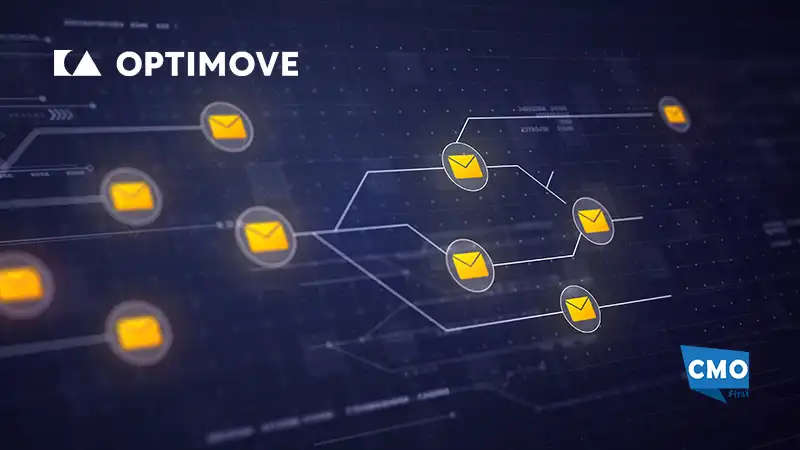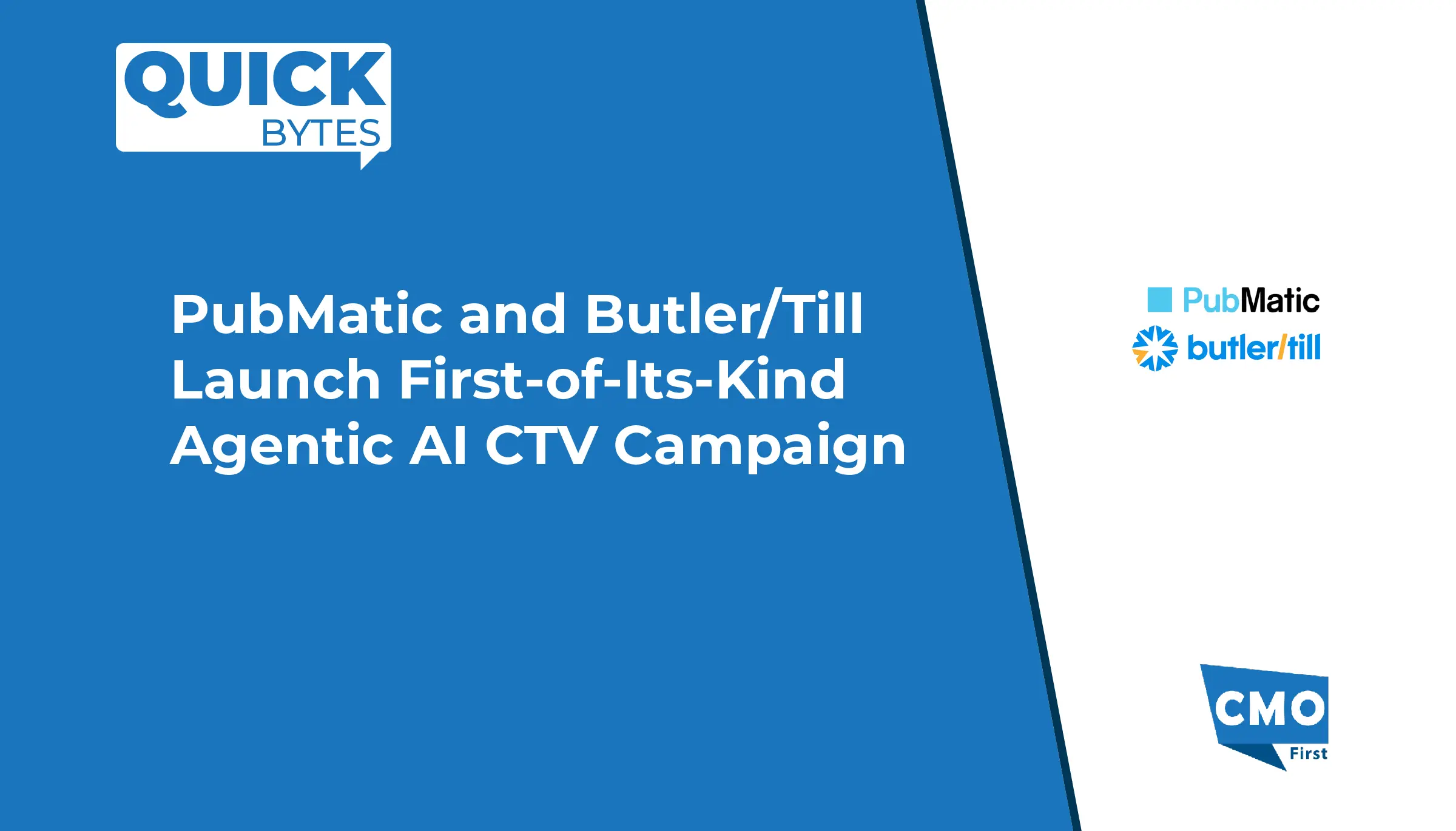The biggest chance of success in the future belongs to leaders and marketers who can find out how to eliminate the requirement for third-party cookies from their marketing content. They can search for zero-party and first-party data solutions to replace the third-party data they currently require. They won’t simply be preparing for a world without cookies if they can accomplish that. They will also be putting themselves one step ahead of their competitors.
Tech giant Google stated that it would work to eliminate third-party cookies in 2020. Although Google further postponed the deadline to 2024, the transition has been slow compared to the original target of doing so in two years. What can companies do to replace third-party cookies as the world works toward a future that is less dependent on cookies?
Here are a few methods for developing tailored messages without the use of third-party cookies.
Also Read: 3 ABM Mistakes that CMOs Should Avoid Making in 2021
Begin with Loyalty and Trust
Marketers must become more personal if they are to succeed in the modern marketing environment. Nothing, in fact, is more aggravating to a marketer than the conflict between customers’ overall demand for privacy and their desire for personalization. They cannot choose to ignore one over the other.
Companies should start by developing a new degree of trust and loyalty with their customers before pushing a cookie-less marketing methodology.
Prioritizing, communicating transparency, and cultivating genuinely valuable experiences are all necessary. They must research their target market, understand their pain points, and use that knowledge to make their marketing communications more relatable.
This flips the personalization strategy and gets rid of the necessity for a lot of customer data to produce a relatable message. Additionally, it promotes trust and motivates customers to actively share their information with them.
Think about Quality
Similar to establishing trust, giving the audience real, valuable content is another excellent technique to personalize targeting indirectly. Quality content silently fosters a relationship that has the potential to become more personalized over time while it is less overt than third-party cookies.
Also Read: Why CMOs Can No Longer Afford to Ignore Product Information Management
Brands can accomplish this in various ways, including podcasts, infographics, white papers, and blog posts. Their choice of content should be based on the preferences of their intended audience. However, they go about it, the information must be kept relatable and original.
As a result, customers identify the brand with high-quality content. When that occurs, customers are more willing to share information with the brand in ways that are more acceptable than using third-party cookies.
Use Several Types of Zero-Party Cookies
Zero-party cookies can be used in various ways to replace third-party cookies. Here are a few instances of how marketers can accomplish this:
- Newsletters:Marketers can get email addresses from their audience by using the corporate newsletter. This format for opt-in data collection allows for the future collection of additional preferences and data.
- Downloads and access to content:Giving something worthwhile in return is a great way to encourage the exchange of zero-party data. They can provide a consumer with something worthwhile in exchange for basic information, such as their email address, location, or preferred identification method. A strong opt-in personalization approach can be made by hiding important content behind a data collection wall.
- Surveys:Surveys can be frustrating, but marketers can utilize surveys to gather important information from their audience, provided they use them sparingly, are upfront about their intentions, and only ask for the most relevant information.
These are only a few examples. Building a personalized experience with the assistance of the very people who would benefit from it is much simpler once marketers are comfortable with the idea of directly gathering data from customers.
























Leave a Reply